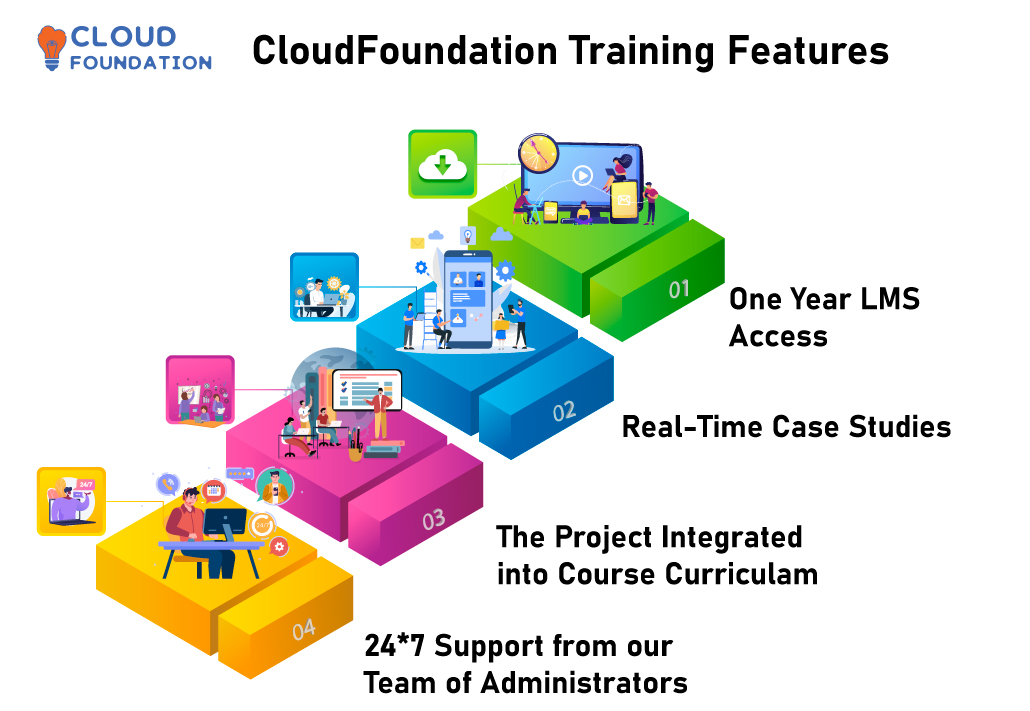Cloud Application Security Training – The only Analytics Course you need
Cloud Application Security Training – The only Analytics Course you need
⏰24 hours | ▶️ 24 Videos | 📣 49 Participants | 🔥11 Reviews
Choose a Plan that Works for You
Self Paced
- Advanced sessions
- Interview Q&A
- Free study Materials
- Premium Technical support
Instructor Led Live Training
- Live Instructor
- Advanced sessions
- Interview Q&A
- Premium Technical Support
Corporate Training
- Live Instructor
- Advanced sessions
- Interview Q&A
- Premium Technical Support
Upcoming Batches PST
Weekday
| Sep 15 (1 HR A DAY) |
| 06:00 PM PST |
| Enroll Now → |
Weekday
| Sep 30 (1 HR A DAY) |
| 06:00 AM PST |
| Enroll Now → |
Weekend
| Sep 17 (1 HR A DAY) |
| 06:00 PM PST |
| Enroll Now → |
Upcoming Batches IST
Weekday
| Sep 16 (1 HR A DAY) |
| 07:30 AM IST |
| Enroll Now → |
Weekday
| Sep 30 (1 HR A DAY) |
| 07:30 PM IST |
| Enroll Now → |
Weekend
| Sep 18 (1 HR A DAY) |
| 07:30 AM IST |
| Enroll Now → |
Course Description
So you want to learn CA Identity Manager Training? Great job!
Do you know CA Identity Manager Training is the most trending Analytics course?
There are massive opportunities in CA Identity Manager Training as it leads the Analytics market.
Our CA Identity Manager Training course is a job oriented course ie at the end of the course you can
easily clear interviews or on board into an ongoing CA Identity Manager Training project.
Also the salaries in CA Identity Manager Training is very impressive (Indeed.com report)

Course Content
1. Advocate Training and Awareness for Application Security
- Cloud Development Basics
- Common Pitfalls
- Common Cloud Vulnerabilities
2. Describe the Secure Software Development Life Cycle (SDLC) Process
- Business Requirements
- Phases and Methodologies
3. Apply Cloud Software Assurance and Validation
- Functional Testing
- Security Testing Methodologies
4. Use Verified Secure Software
- Approved Application Programming Interfaces (API)
- Supply-chain Management
- Third Party Software Management
- Validated Open Source Software
5. Comprehend the Specifics of Cloud Application Architecture
- Supplemental Security components (e.g., Web Application Firewall (WAF), Database Activity Monitoring (DAM), Extensible Markup Language (XML)firewalls, Application Programming Interface (API) gateway)
- Cryptography
- Sandboxing
- Application Virtualization and Orchestration
6. Design Appropriate Identity and Access Management (IAM) Solutions
- Federated Identity
- Identity Providers
- Single Sign-On (SSO)
- Multi-factor Authentication
- Cloud Access Security Broker (CASB)
